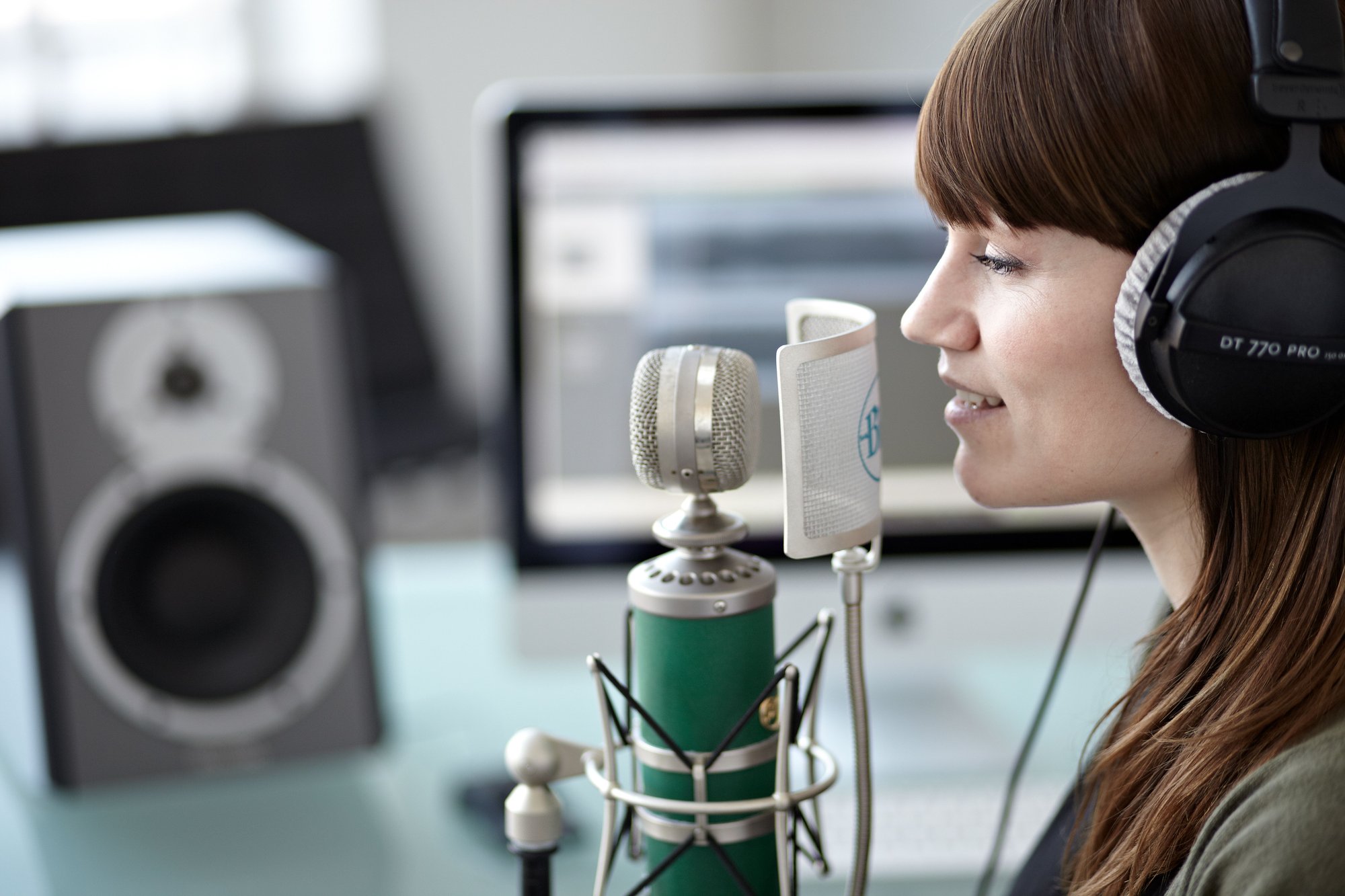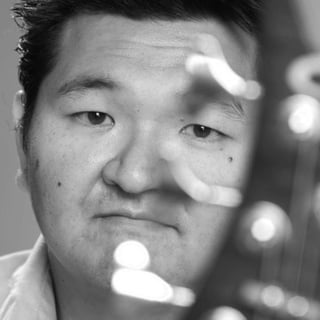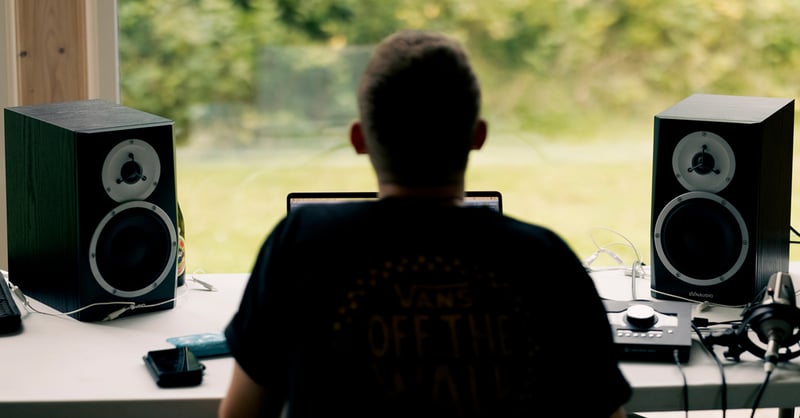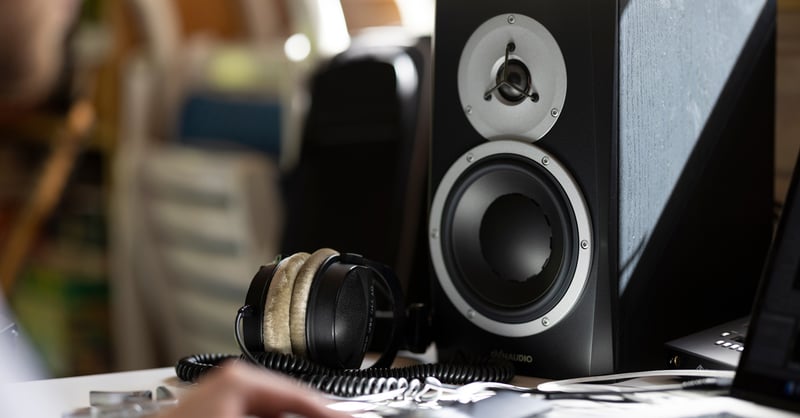Podcasts have never been more popular, in part thanks to their low barrier to entry. If you have an idea and a microphone, off you go.
But aside from the gift of the gab, audio quality plays a crucial role in delivering a great and engaging listening experience. One fundamental aspect of podcast-production is ensuring consistent loudness levels across different elements. Whether it's speech, breakers, jingles, sound effects or music, achieving loudness alignment can greatly enhance how your podcast comes across to your audience.
But first things first. What is loudness? If you want an in-depth guide, check out this article, but with an eye on the overall loudness of a given song or podcast to make it fit with others in a queue.
The three ways to measure loudness
In the example above, you’d use Integrated Loudness to find the overall average loudness level of an audio signal over its entire duration. It provides a measurement of the perceived loudness of an entire piece of audio content, such as a podcast episode or a song.
In addition, there are two different types of ‘Momentary Loudness’ readings. Long-Term Loudness focuses on measuring the average level over a specified time period. Instead of measuring the entire duration, it divides the signal into shorter segments, typically ranging from a few seconds to several minutes, and calculates the average loudness for each segment. By analysing variations over time, Long-Term Loudness gives you insights into how loudness changes within different sections of your audio, helping you identify trends.
Short-Term Loudness focuses on briefer time segments. It measures the instantaneous loudness levels at frequent intervals, typically within the range of a few milliseconds to a few seconds. This gives a detailed representation of rapid fluctuations, such as sudden volume spikes or drops. This measurement is especially useful for detecting transient sounds, sound effects, or any momentary variations in loudness that could affect the overall listening experience.
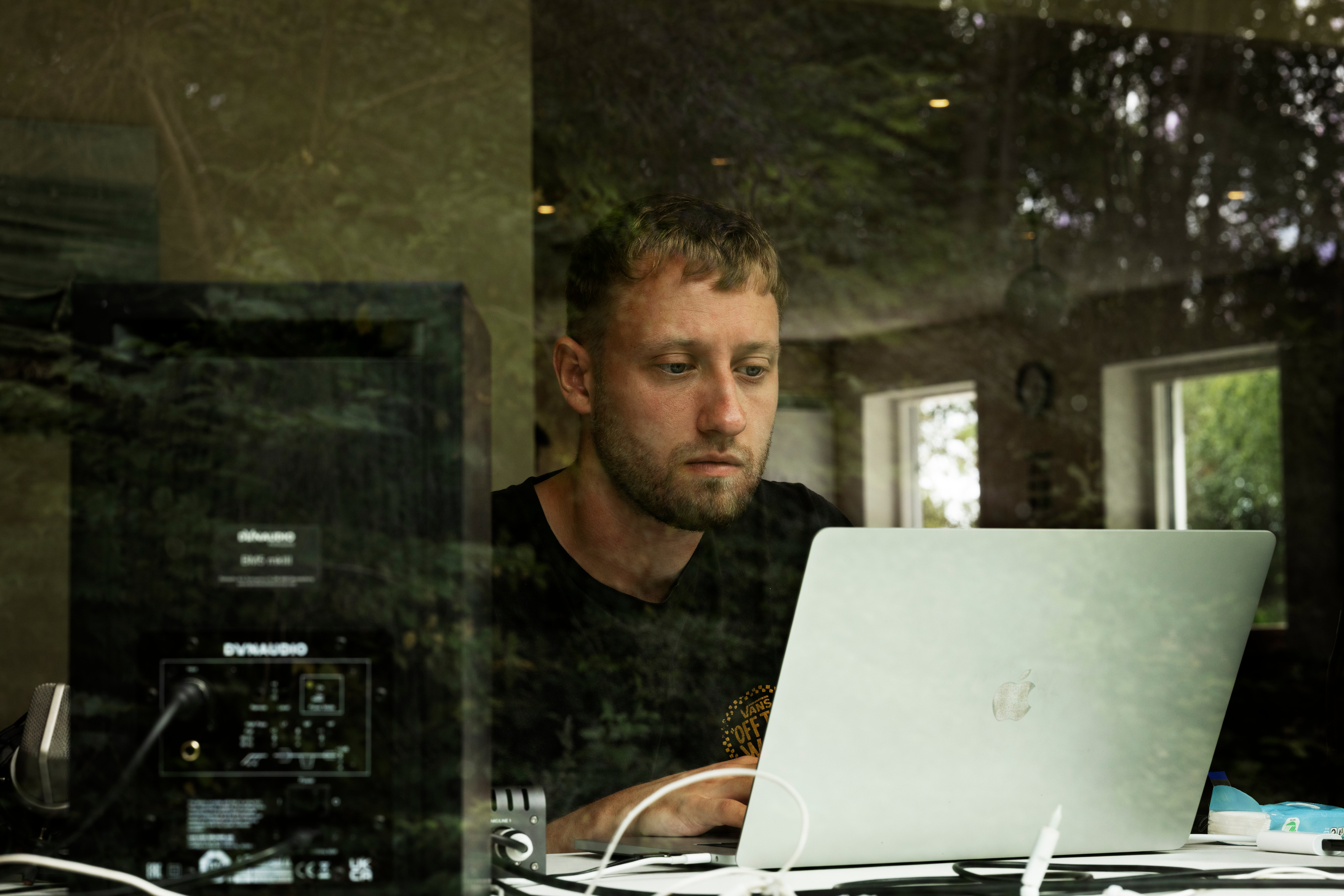
Loudness-aligning your podcast episode
You’ll need to look at Long-Term (and maybe Short-Term) Loudness when aligning elements in your podcasts. You can define the time period you want to measure – and it’s important to understand that it works as a sliding window. For instance, if you set your Long-Term Loudness to one minute, it will continuously measure the past minute at any given time, meaning that the loudness level 61 seconds ago no longer counts in the current measurement.
But before we get to that, start by simply listening… Your ears are brilliant loudness tools when it comes to the transition between various audio elements, such as if you add a breaker or jingle after an interview. Loudness readings on a meter are more for spotting if you have a change in loudness trend throughout your podcast, which might be harder to detect by ear.
TIP! Sometimes it’s helpful to use a little compression on speech. The human voice is quite dynamic, and the breakers and jingles you use are likely library music that’s already been compressed and mastered. Compressing your speech can help making them sit more naturally with library content.
When you have all your elements in order, listen to the final version and pay special attention every time there’s a transition. When you go from one type of audio to another, does it feel natural? If a breaker or piece of music appears too loud, turn it down a notch manually.
Once you’ve adjusted the levels by ear, use a loudness meter to test your momentary loudness: are there are spikes you didn’t catch, or is there a gradual increase or decrease over time?
TIP! Different voices have different dynamic profiles. If you do on-location interviews, we advise using a lavalier (tie-clip) mic for each person – including you – as a single table mic would probably pick up each voice at a different volume. That’s very difficult to mix naturally, given that everyone’s voice has a different character. One interviewee might sound nasal and need a roll-off in the high frequencies, while another speaks in a baritone that needs a boost in the same area. You get the picture. Similarly, if you have guests in your studio, it’s a good idea to have a table mic for each guest (as well as one for yourself).
Compression and Limiting
As mentioned, it can be a good idea to compress voice tracks to help them sit alongside breakers, jingles and music tracks. But before you do the final round of loudness measurement, it can help to gently master the overall episode. Use a compressor (preferably a multiband one) on the master bus to compress the overall audio just a tad. Be careful not to ‘squash’ it too hard, but just remove the worst peaks.
If you want to learn more about how compressors work, check out this article…
Integrated Loudness
Once you’re happy with the episode in isolation, use your loudness meter to measure the overall integrated loudness. Apple recommends the following targets for podcasts uploaded to their platform:
Integrated Loudness: -16 LKFS (±1.0dB)
True Peak (TPmax): -1dBFS
If these specs look like gibberish to you, we’ve got you covered in this article on loudness.
The reason for this last step is for your podcast to blend in naturally when it sits in a queue with other episodes. That’s particularly important if it’s jumbled up with stuff from other content creators, but also if some of your subscribers go directly to your channel to listen to multiple episodes in a row.
If you’ve adjusted the loudness between parts internally, gently compressed the overall output, and then adjusted to hit the recommended targets, you should be good to go!
Sign up to get more great articles
Nothing compares to the satisfaction of knowing – for a fact – that something is as good as it gets


